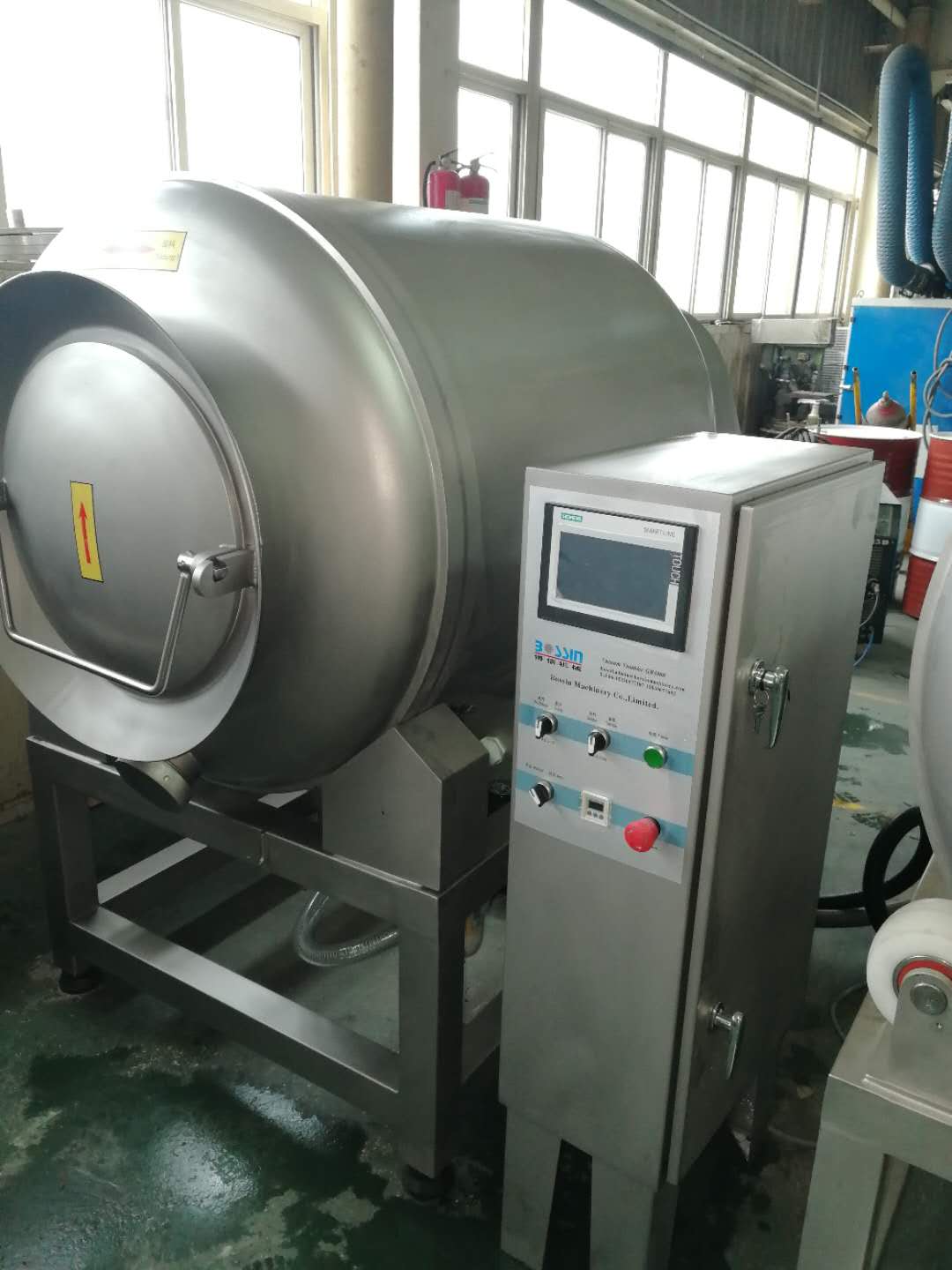
Ara . 23, 2024 06:26 Back to list
Understanding Components of Vacuum Fillers for Optimal Performance and Efficiency
Understanding Vacuum Filler Parts A Comprehensive Overview
Vacuum fillers are essential machines in the food processing industry, primarily used for filling sausages, hams, and other meat products. The efficiency and quality of the filling process largely depend on the configuration and condition of various parts associated with the vacuum filler. This article offers an in-depth look at the critical components of vacuum fillers, their functions, and best practices for maintenance.
Key Components of Vacuum Fillers
1. Hopper The hopper is the starting point of the filling process. This component holds the product (e.g., minced meat) before it is processed. A well-designed hopper ensures a consistent supply of the mixture, which is crucial for achieving uniform filling in casings.
2. Auger or Screw Feed The auger is responsible for moving the product from the hopper to the filling chamber. Its design and speed can significantly affect the flow rate and texture of the filled product. A properly calibrated auger will prevent clogs and ensure a smooth transition of the mixture.
3. Vacuum Chamber The vacuum chamber is where the air is extracted from the product mixture, creating a vacuum environment that prevents spoilage and oxidation. This chamber is crucial for maintaining product integrity, especially for high-quality meat products. It is important to monitor the vacuum pressure to ensure optimal filling conditions.
4. Filling Cylinder The filling cylinder is where the mixture is compacted and prepared for filling. This part must be constructed from high-quality stainless steel to endure constant exposure to food products and cleaning agents. Its design can affect the consistency of the fill, so understanding its dimensions and volume is important for producers.
5. Piston The piston is driven by hydraulic or pneumatic systems to push the product through the nozzle. The efficiency of the piston operation influences the speed and accuracy of the filling process, making it a vital component in achieving desired production rates.
6. Nozzle The nozzle is the last component in the filling process. It is responsible for directing the product into the casing or container. The size and shape of the nozzle can be changed according to the type of casing being used, and having multiple nozzles can improve versatility in production.
vacuum filler parts

7. Control Systems Modern vacuum fillers incorporate sophisticated control systems that monitor various parameters, such as speed, pressure, and filling volume. These systems enhance operational efficiency and provide user-friendly interfaces for managing the filling process.
Maintenance and Care for Vacuum Filler Parts
Regular maintenance of vacuum filler parts is crucial for ensuring prolonged machine lifespan and optimal performance. Here are some best practices
- Regular Cleaning Ensure that all parts, especially the hopper, filling cylinder, and nozzles, are cleaned thoroughly after each use to prevent cross-contamination and bacterial growth. Food-safe cleaning agents should be employed.
- Routine Inspections Conduct routine checks for wear and tear on components like the auger and piston. Early identification of issues can prevent costly downtime and repairs.
- Lubrication Keep moving parts, such as the auger and piston, adequately lubricated to ensure smooth operation and avoid friction-related damage.
- Calibration Regularly calibrate the vacuum levels and flow rates to maintain consistency in filling quality. This is particularly important for products that require specific weight and texture characteristics.
Conclusion
Vacuum fillers play a pivotal role in the food processing industry, and understanding their parts is essential for anyone involved in this field. From the hopper to the nozzle, each component is integral to ensuring high-quality output. By adhering to maintenance best practices, operators can enhance the efficiency and durability of their vacuum fillers, leading to better product quality and increased customer satisfaction. As the industry continues to evolve, staying informed about innovations in vacuum filler technology will be crucial for maintaining a competitive edge.
Latest news
-
[Product Name]-[Company Name]|[Core Function 1]&[Core Function 2]
NewsJul.13,2025
-
SmartFlow 3000 Series-Industrial Automation Solutions|AI Analytics&Energy Efficiency
NewsJul.13,2025
-
NextGen Equipment Series-IndustrialTech Solutions|Smart Automation&Real-Time Analytics
NewsJul.12,2025
-
Smart Irrigation System - Example Corp | Water Conservation, AI-Driven Efficiency
NewsJul.12,2025
-
Chicken breast meat slicer
NewsMar.07,2025
-
Meat Bowl cutter for LAB
NewsMar.07,2025